SO, A TROLLEY WALKS INTO A BODEGA…. (1931)
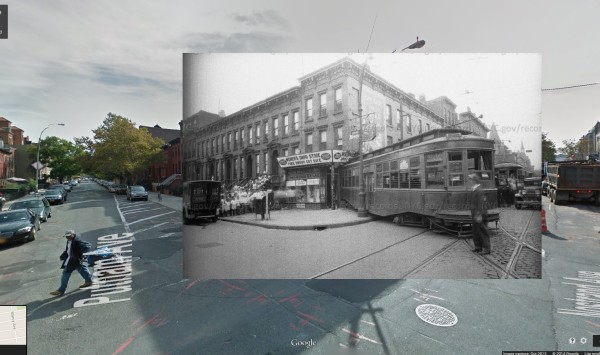
******************************************************************************************************************************** Brownstone Detectives investigates the history of our clients’ homes. The story you are about to read was composed from research conducted in the course of one of those investigations. Do you know the history of YOUR house? ******************************************************************************************************************************** We’ve all heard the famous opening line to the joke. But this one really happened. Rather, the streetcar “rolled” into the business, but only after jumping its tracks. This incident took place on 7 July 1931, at the corner of Putnam and Nostrand avenues in the Bedford-Stuyvesant section of Brooklyn. Fortunately, no one was killed, although six people were injured. Unfortunately, though, streetcar accidents had become a common occurrence in the days after streetcars stopped using horses for propulsion. And this was all too evident in Brooklyn, for within the past week, alone, four other streetcar crashes had occurred, injuring a total of 31 people. As a matter of fact, this was the final straw for Brooklyn’s D.A., who ordered an investigation into the “six B.M.T. trolley car accidents in the past few weeks.” His intention was “to determine whether or not there is cause for criminal proceedings.” It would have been understandable among many Brooklynites of the period if there were talk about returning the streetcar to the horse. For another story we’ve written about streetcars jumping their tracks, click HERE. Follow @BrownstoneDetec Share ———————————————————————————————————————– The Brownstone Detectives Brownstone Detectives is an historic property research agency. Our mission is to document and save the histories of our clients’ homes. From […]
TENDER FEET IN STUYVESANT HEIGHTS (1910)
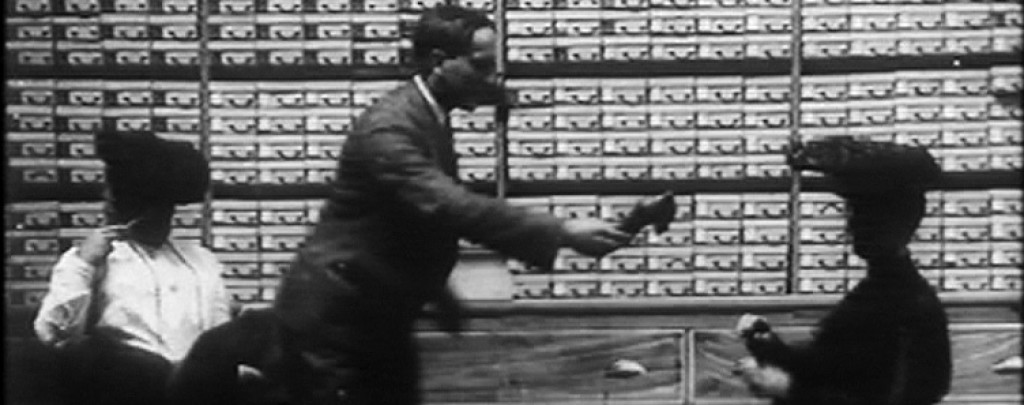
******************************************************************************************************************************** Brownstone Detectives investigates the history of our clients’ homes. The story you are about to read was composed from research conducted in the course of one of those investigations. Do you know the history of YOUR house? ******************************************************************************************************************************** Charles I. Clark seemed to be all about helping womens’ tired, aching feet. From 1900 until 1923, at the intersection of Halsey Street and Broadway, sat Clark’s shoe store, above which was posted a sign that ran the width of his building (at the cornice): “THE CLARK SHOE.” In Clark’s store, one of his shoe lines was “Grover’s Soft Shoes for Tender Feet,” a footwear design for women who were both sensitive and sensible. The location of his store was an excellent one. Just outside of it was the stairway leading to and from the Halsey Platform for the Brooklyn Rapid Transit elevated train. People heading into Manhattan passed his store on their way to the elevated trains, and those returning from “the City” detrained there. Additionally, in 1910, according to the Brooklyn Daily Eagle, Clark had invested in a major remodeling on the front of his store, which “considerably improved its appearance.” Clark had “electric lights in concealed prism reflectors in the ceiling” which gave “ample illumination after nightfall” and “made the store bright and cheerful.” So, there was every reason in the world for any woman who shopped along the Broadway business corridor to have purchased a pair of sensible shoes in Clark’s store – if she had tender […]
THE “OLD LADY OF HALSEY STREET” (1935)
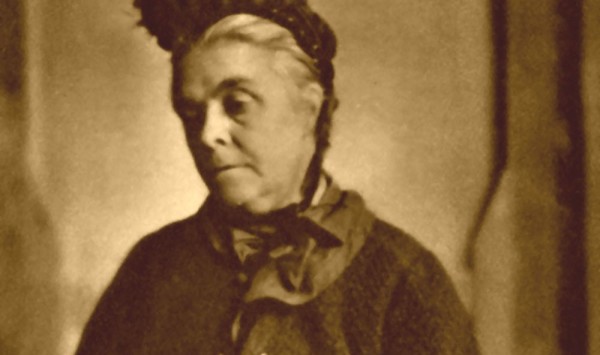
******************************************************************************************************************************** Brownstone Detectives investigates the history of our clients’ homes. The story you are about to read was composed from research conducted in the course of one of those investigations. Do you know the history of YOUR house? ******************************************************************************************************************************** It’s the type of story that modern-day house-hunters dream of – a brownstone that, since it was built, has been occupied by the same elderly lady who rarely left the house and never “modernized” it. The gas fittings were original. The details were untouched. Even the furniture was from the 19th century. Its nickname was the “Treasure House,” and it was owned by the “Old Lady of Halsey Street.” THE LIFE AND DEATH OF MARY V. WELSH When Mary V. Welsh died in April of 1935, she had been known as the “Old Lady of Halsey St.” She got the name because little was known about her other than the fact that none of her neighbors was old enough or had lived on the block long enough to have remembered her moving into her house at 425 Halsey Street. The neighbors always remembered her simply being there. She dressed in a style of 50 years previous, never spoke to anyone on the street, and had cats – 9 or 10 of them, as far as they were counted. A relic of another time, the neighbors took notice of her only as the anachronism that she was to them – a connection with a time long forgotten. After her body was found, […]
ANALYZING A QUINCY STREET VICTORIAN (1902)
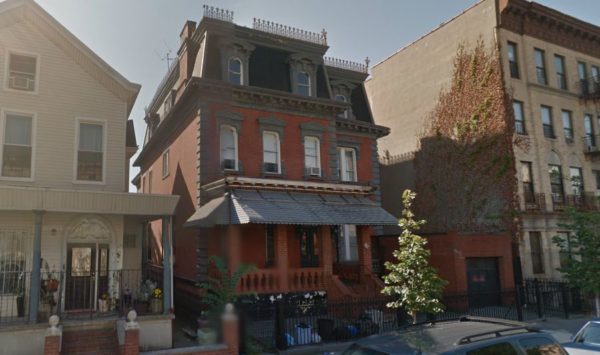
******************************************************************************************************************************** Brownstone Detectives investigates the history of our clients’ homes. The story you are about to read was composed from research conducted in the course of one of those investigations. ******************************************************************************************************************************** In 1902, Quincy Street, between Bedford and Nostrand avenues, had become a leader in the Bedford District in block beautification initiatives. A forerunner to the Greenest Block campaign that would come 70 years later, the campaign in 1902 would be called “Block Beautiful.” Because the campaign had become so popular that year, this block of Quincy Street would have a number of pictures of its houses published in the Brooklyn Daily Eagle. Here we have three shots of 186 Quincy Street – the home of Daniel Winant (a dealer in hotel and steamship food supplies) – which the Eagle called “the old Joseph C. Hoagland residence.” It was, they noted, a “double mansion of red brick, with a large lawn on one side, one of the finest of Hill residences.” So apparently, even back then, Clinton Hill was encroaching upon the Bedford section. 😉 The first picture, above, is a Google Maps northwest facing view of the house is from 2014; that is followed below by two more shots – a newspaper photograph from 1902, and then, another Google Maps shot from 2016. WHAT DIFFERENCES DO YOU NOTICE BETWEEN THE FOLLOWING TWO PICS!?!? Follow @brownstonedetec Share ———————————————————————————————————————– The Brownstone Detectives Brownstone Detectives is an historic property research agency. Our mission is to document and save the histories of our […]
WERE THESE BROOKLYN’S FIRST CO-OPS? (1899)
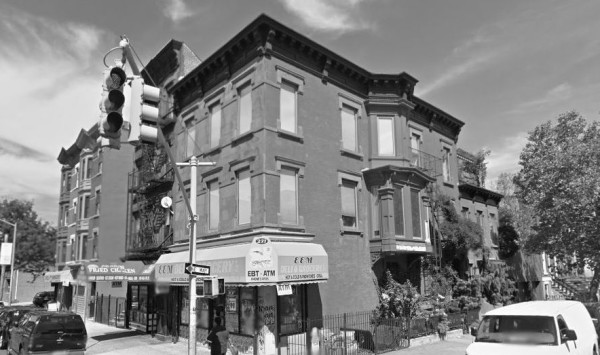
******************************************************************************************************************************** Brownstone Detectives investigates the history of our clients’ homes. The story you are about to read was composed from research conducted in the course of one of those investigations. Do you know the history of YOUR house? ******************************************************************************************************************************** Back in 1899, Bolton Hall, the son-in-law of lawyer and real estate investor, William H. Scott, convinced Scott to allow him to use some of his real estate units to experiment with a “novel co-operative idea.” “Mr. Hall’s idea was simply to let tenants share the profits of the property they occupied,” noted the New-York Tribune. “Previous to April, this year, Mr. Scott was the owner of houses at Nos. 231, 223, 225, 219, and 221 Reid-ave., Brooklyn. The property lies between Hancock st. and Jefferson ave., and consists of three single and two double houses.” Hall, who would spend his life working on behalf of the poor, had started the “back-to-the-land movement” in the United States at the time, which was a forerunner of the Green Thumb project and consisted of encouraging people to begin gardens on vacant lots. Hall noted that the tenants of the buildings eagerly entered the scheme and that during a 4-month period the plan was successful. Hall told the tenants that it was proposed to value the buildings at ten times their proper rent when full, which would be $8,000 each for the single houses and $14,000 for the double,” noted the New York Times, “and to reserve as Mr. Scott’s share 5 per cent. […]
GOD’S OIL & LUBE SHOP (1903)
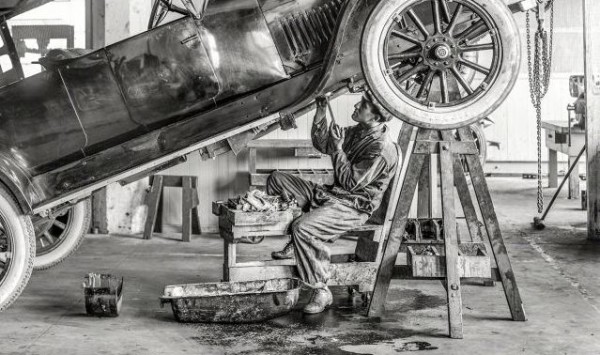
******************************************************************************************************************************** Brownstone Detectives investigates the history of our clients’ homes. The story you are about to read was composed from research conducted in the course of one of those investigations. Do you know the history of YOUR house? ******************************************************************************************************************************** By 1903, builder Wilfred Burr had moved into his second decade of house building, putting up brownstones and limestones around Stuyvesant Heights at a quick clip. Within his first decade in the profession he had managed to build hundreds of them. He was just 35, and was living with his wife, son, two daughters, and his mother-in-law (and two Swedish servants) at 555 Jefferson Avenue, but he was starting to become restless with the monotony. Able to purchase lots, put up buildings and sell them – almost with his eyes closed by this point – he began to look for something additional to do with his life outside of the construction business, seeking some way to spend his expendable income on an investment that excited him – something that was new and different. The new automobiles held that cache. They were fast, they were complicated – and his wife did not like him driving them. BUILDING THE AUTOMOBILE At some point, Wilfred and one of his bowling partners, secretary of the St. James Bowling Club, Robert W. Haff, had hatched the idea to bring a new and exciting automobile company to Brooklyn. This new-fangled piece of machinery was in its infancy, but more and more people – especially those with expendable […]
THE DAY BED-STUY WAS BORN (1895)
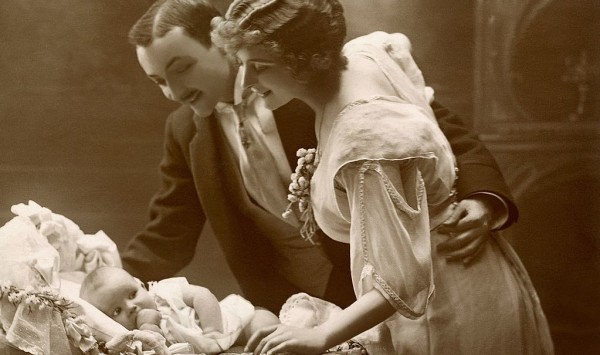
******************************************************************************************************************************** Brownstone Detectives investigates the history of our clients’ homes. The story you are about to read was composed from research conducted in the course of one of those investigations. Do you know the history of YOUR house? ******************************************************************************************************************************** Bedford-Stuyvesant, known coloquially as “Bed-Stuy,” is a section of Brooklyn that conjures as many mental images as there are residents of the district. With a past as colorful and storied as any other section of the borough, its ups and downs, though, seem to have been much more extreme. One only need consider the district’s unofficial slogan for much of the past 30 years, “Bed-Stuy: Do or Die,” to dredge up a very recent period sadly associated with images of guns, drugs, and gang violence. But this more recent history is not the point of this story. We want to go further back to try and understand how Bedford, which was formerly a village built up around the intersection of Bedford Avenue and what would become Fulton Street, joined with the developing neighborhood of Stuyvesant Heights. The official birthdate of Bedford-Stuyvesant has always been a moving target depending on the reference made or its actual source. Any discussion of its original designation would need to consider the fact that the term “Bedford-Stuyvesant” came about colloquially, and so unofficially, at first, but later took on the mantel of authority. WAS BED-STUY BORN IN THE ’30S? The majority of designations have placed Bed-Stuy’s birthday squarely within the 1930s. The New York Times, in […]
A STUDY IN DISMEMBERMENT (1914)
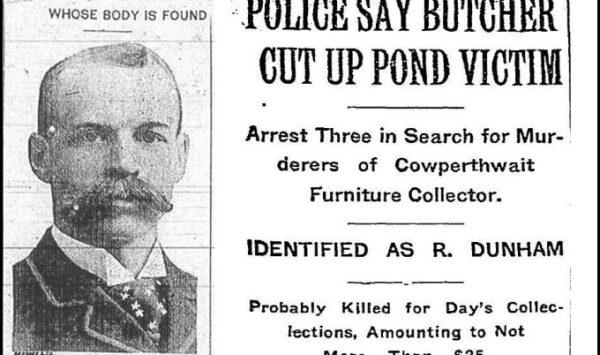
******************************************************************************************************************************** Brownstone Detectives investigates the history of our clients’ homes. The story you are about to read was composed from research conducted in the course of one of those investigations. Do you know the history of YOUR house? ******************************************************************************************************************************** When the pieces of a dismembered body started showing up in different locations in Brooklyn around Christmas of 1914, it didn’t take long before Brooklyn Detectives traced those body parts to a block on Macon Street in the Stuyvesant section of town. “The two pieces of torso which were found on Friday by boy skaters embedded in ice in a pond between Coney Island and Ulmer’s Park were identified yesterday afternoon as parts of the body of Rufus Dunham, 61 years old, of 752 Macon Street, Brooklyn.” So began the article that was to create a great sensation on Bedford-Stuyvesant’s Macon Street between Ralph and Howard avenues. DREDGING UP THE PAST When we uncovered this story a few years back, we had been researching a house on this block of Macon Street (near to Howard Avenue) for our first House History Book. We had thought it would be interesting to see who else had lived on the block over the past 125 years. During our historical research, up popped this gruesome and sensational story which must have created quite a stir on the block at the time. SEARCHING FOR THE KILLER The murder case, described as “one of the most disturbing that police of the city have had to cope with […]
SATAN’S CANDY SHOP (1911)
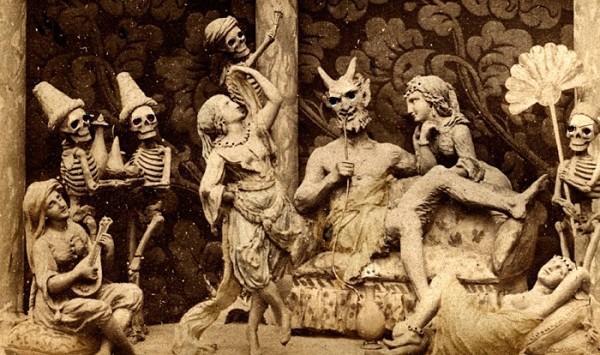
******************************************************************************************************************************** Brownstone Detectives investigates the history of our clients’ homes. The story you are about to read was composed from research conducted in the course of one of those investigations. Do you know the history of YOUR house? ******************************************************************************************************************************** If a man named Hell offered you some candy – would you take it? That was Otto Herman Hell’s problem. And, yes, in fact he was about to open a confectionery in Brooklyn on Broadway. THE DEVIL’S CONFECTIONER It must have been difficult growing up with a name like Hell. There were probably countless jokes and plays on the name. Otto must have been quite tired of it all by the time he reached the age of maturity, at which point he began thinking seriously about changing it. Having emigrated from Germany in 1891, he was 25 when the immigration officials must have looked up at him in surprise as he stood before them hoping to gain entry into the country. “Hell? Hell?” the official must have half-asked, half-shouted, incredulously. “O’Connor, come quick, or you’ll have Hell to pay!” Lots of uproarious laughter here, then a loud stamp, and then Hell was on to the next set of jokes somewhere in his new country. He probably found it curious in the early days, perhaps a bit enjoyable if he had had a playful streak. But, by George, it was 1911 now, and Otto was 36 with a wife and two children. He was more than ready to get serious with his […]
THE GHOST OF 281 STUYVESANT AVENUE (1901)
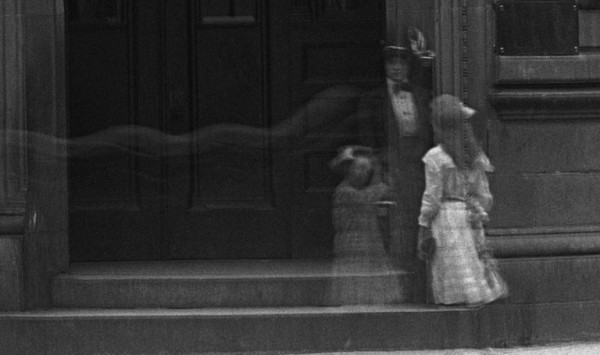
******************************************************************************************************************************** Brownstone Detectives investigates the history of our clients’ homes. The story you are about to read was composed from research conducted in the course of one of those investigations. Do you know the history of YOUR house? ******************************************************************************************************************************** “At last Stuyvesant Heights revels in the proud possession of a genuine haunted house.” This was back in 1901, when Stuy Heights was relatively young, the houses newish, and the ghosts scarce. But Stuyvesant Heights had everything back then – “a Republican Club, an amateur dramatic society,” and even “several asphalt streets where bashful maidens learn to wheel at night.” So why not a ghost? THE HAUNTING AT NO. 281 STUYVESANT AVENUE The Griffins, who had lived in the apartment house at the ground floor were terrorized by their electric bell ringing at 2 o’clock every afternoon. But they also heard “hollow groans,” “creepy sidesteps on the staircase,” and “unexpected trips from room to room of pieces of furniture.” It all got to be too much for the Griffins to handle, and so they fled. The Griffins moved to Williamsburgh. PERFECTLY GOOD EXPLANATIONS Some of the other tenants blamed the wind. A young woman who lived in the second floor apartment told an Eagle reporter that everything was perfectly explainable. “This house, you know, stands alone and the wind, when it sweeps into the vestibule, often comes hard enough to blow the whistle in the kitchen tube,” she explained. “Then it’s a fact that the pictures do move, but that’s caused […]